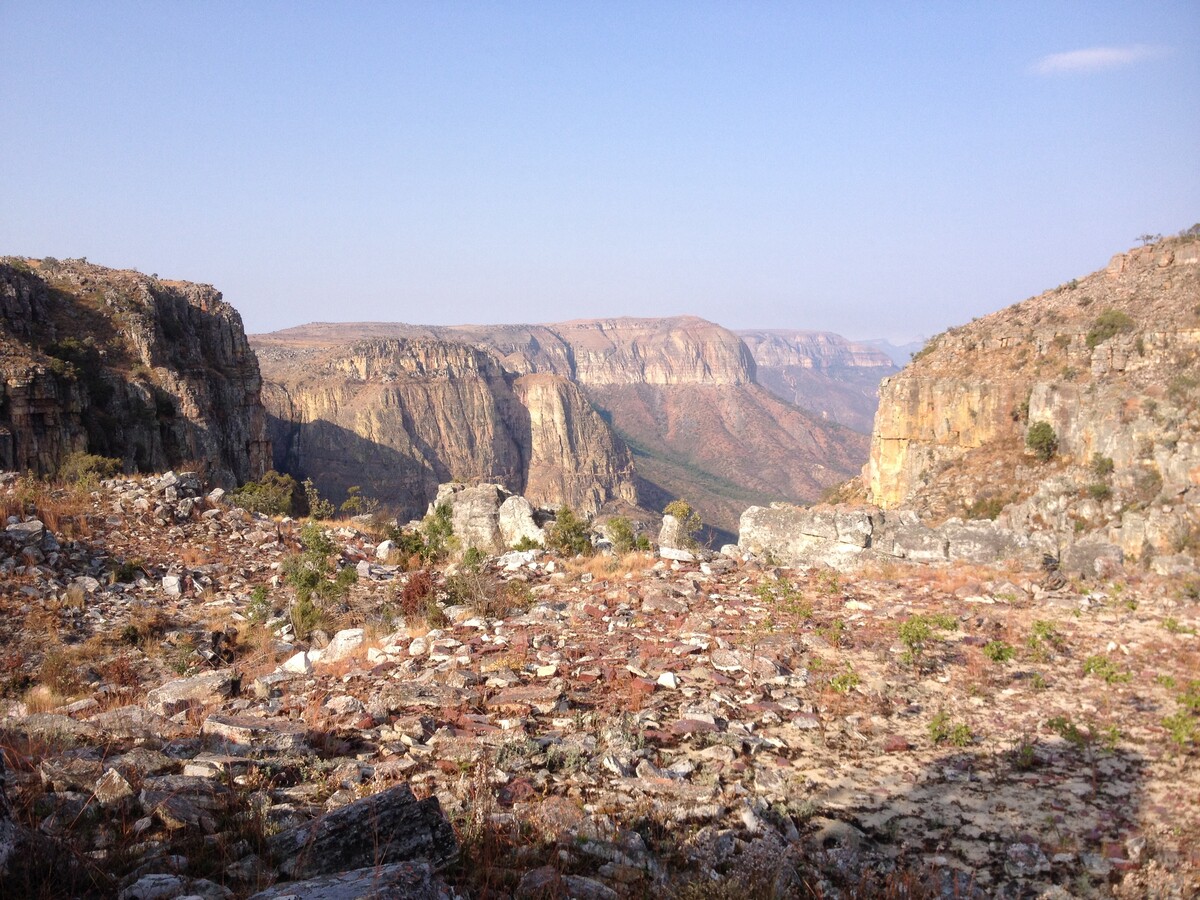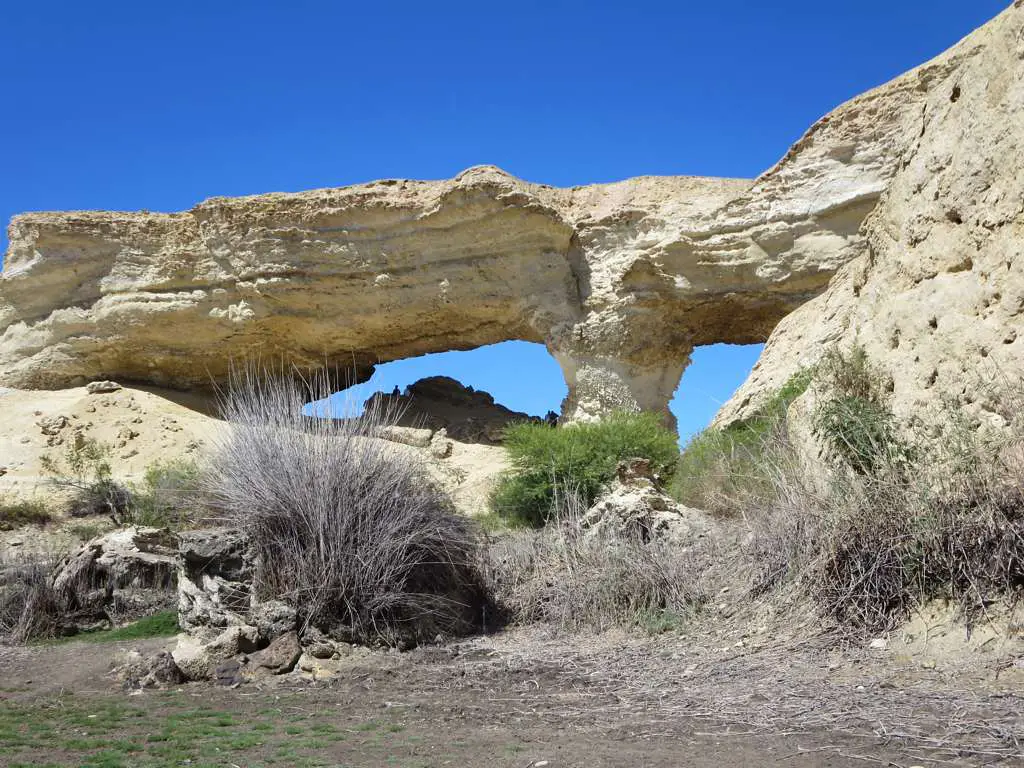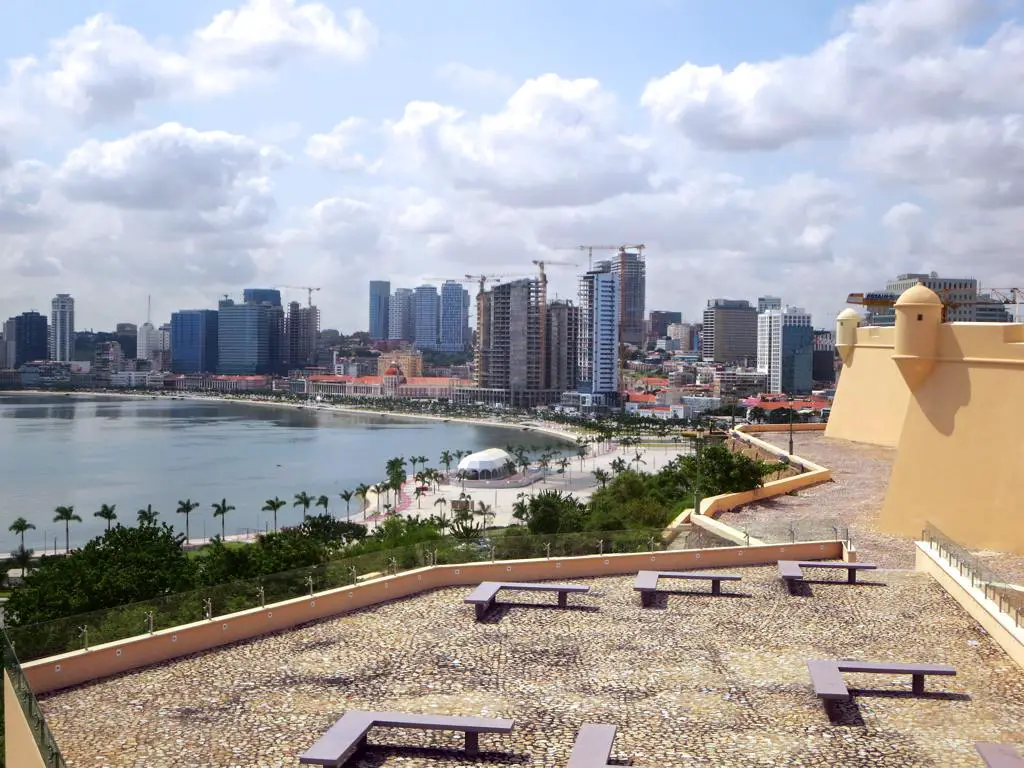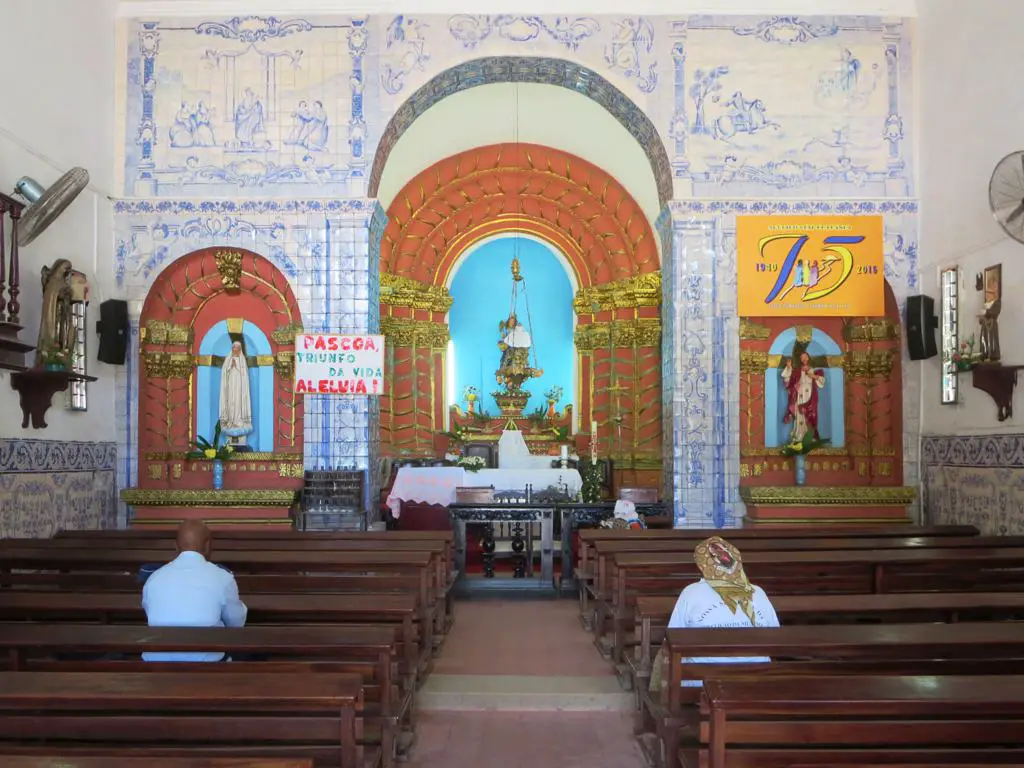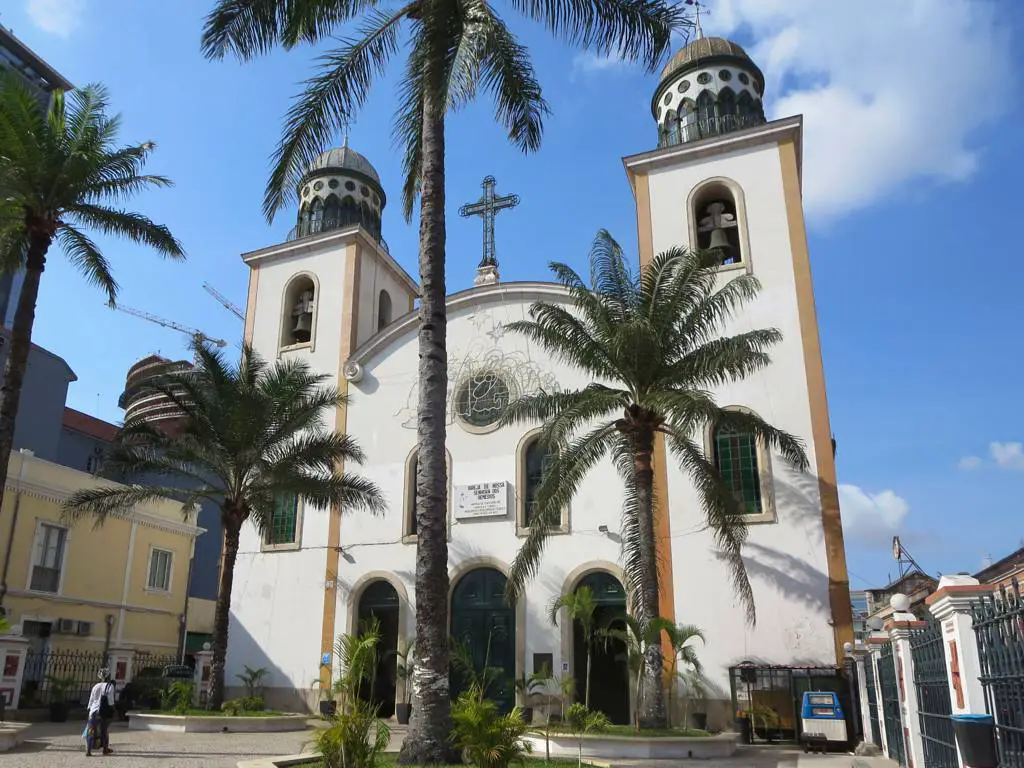Wondermondo 🢖 World 🢖 Wonders of Africa 🢖 Wonders of Angola
Territory
Wonders of Angola
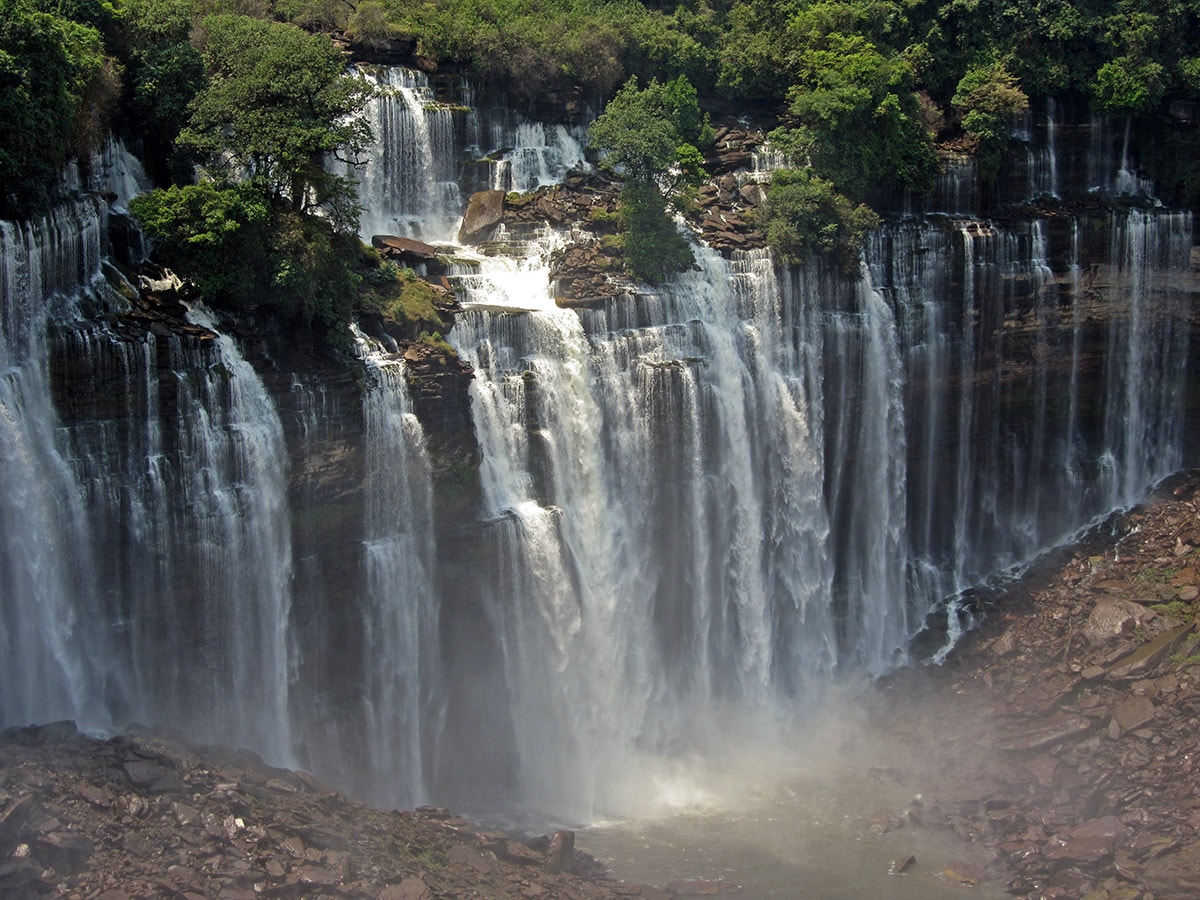
 Highlights
Highlights
This enormous country still is opening to the world – there is needed some time to recover after the terrible civil war.
This is also the main reason why Wondermondo is not sure whether the monuments listed below are truly the most impressive in the country. Angola has a huge wealth of natural and man-made landmarks but most of these landmarks are not much known outside the country.
Highlights of Angola could be the otherworldly cliff formations – such as Pungo Andongo and Tundavala cliffs with ravines. Scientifically important are archaeological landmarks left by many local cultures – but it seems that many discoveries are still to be made. Country has gorgeous waterfalls and also interesting examples of Portuguese colonial architecture.
Map with the described wonders of Angola
If you see this after your page is loaded completely, leafletJS files are missing.
 Top 25 wonders of Angola
Top 25 wonders of Angola
Geological wonders of Angola
Kalandula Falls
Malanje
Falls of unusual beauty, up to 105 m tall and 410 m wide, some of the most powerful falls in Africa.
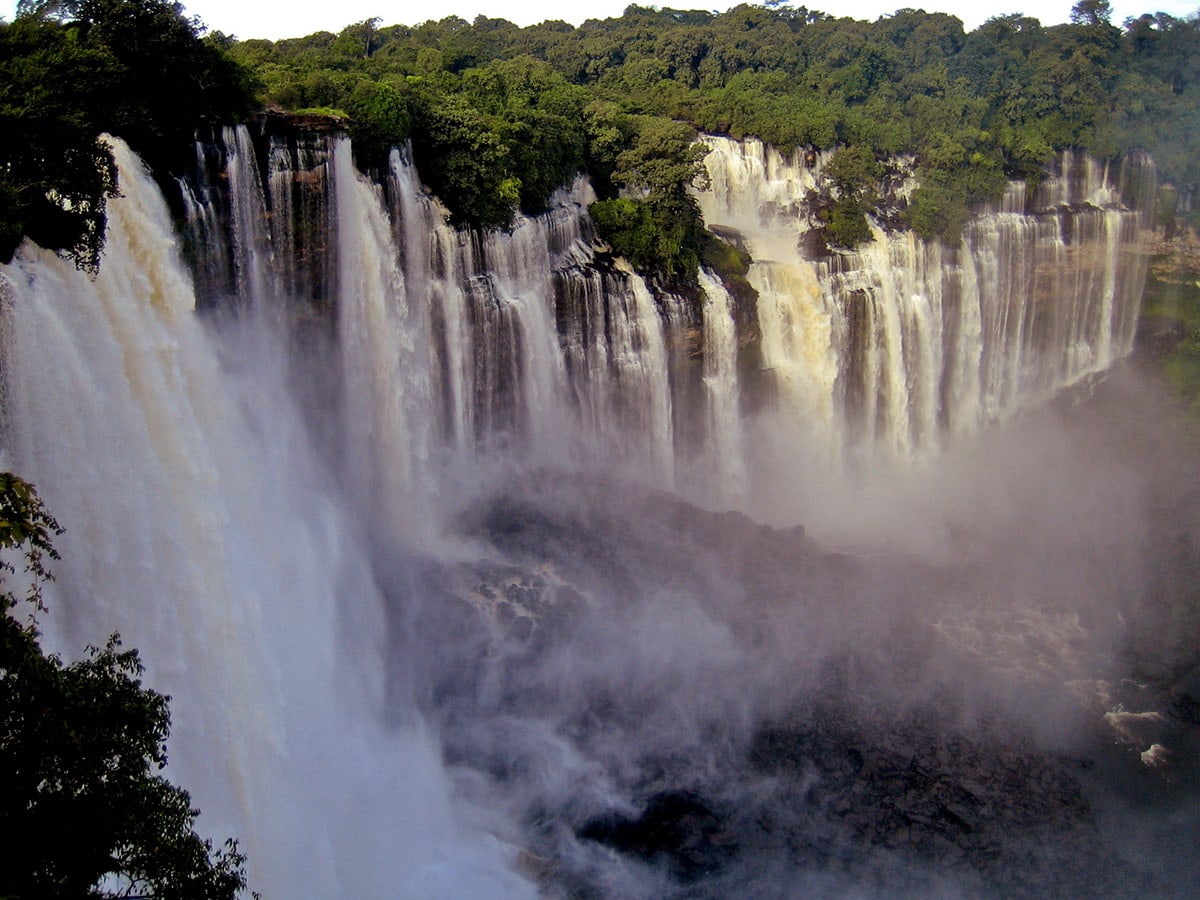
Pungo Andongo
Malanje
Group of giant, rounded cliff monoliths. Site of legends, in many sites small cairns are found.
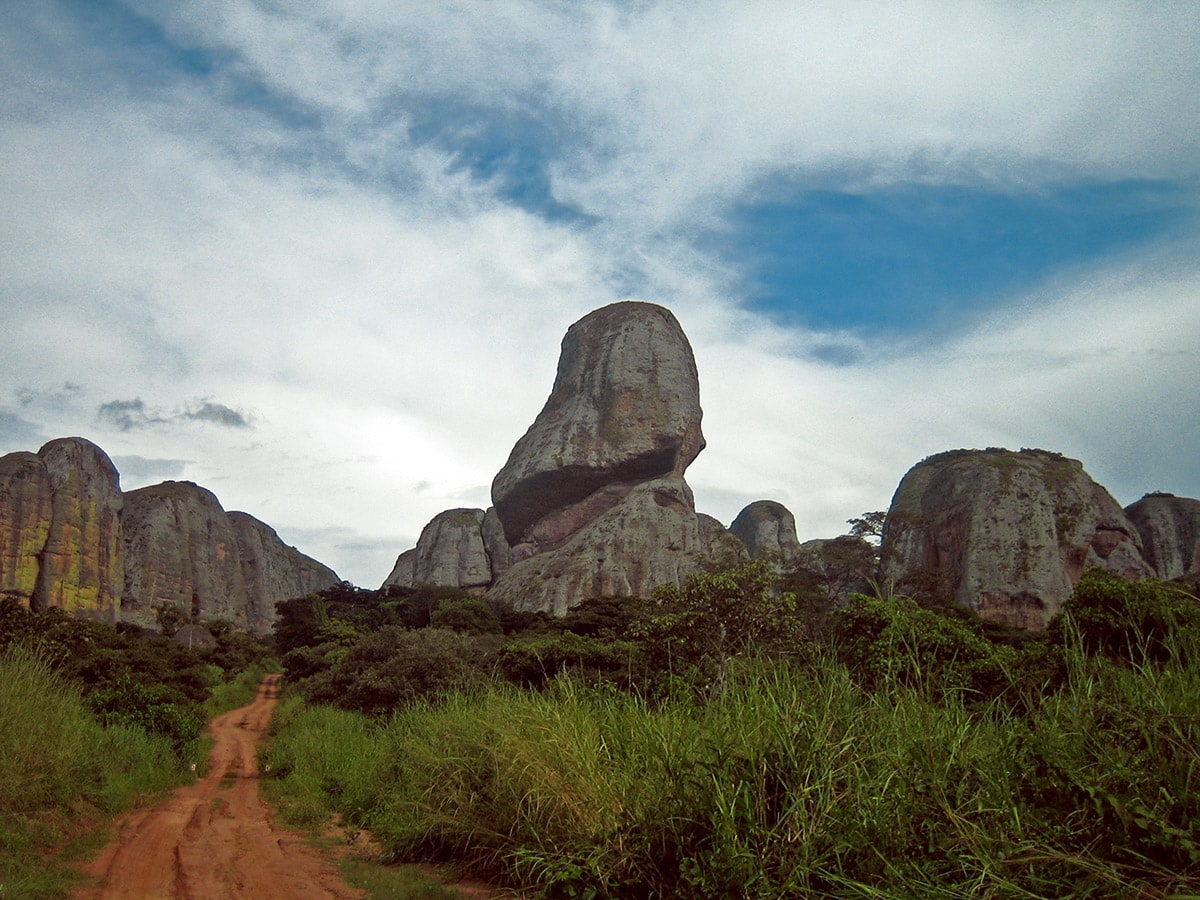
Ruacana Falls
Cunene and also in Namibia
Unusual, very impressive waterfall. Kunene River here falls by 170 m over a fan-shaped, 700 m wide cliff. This sight opens only after heavy rains.
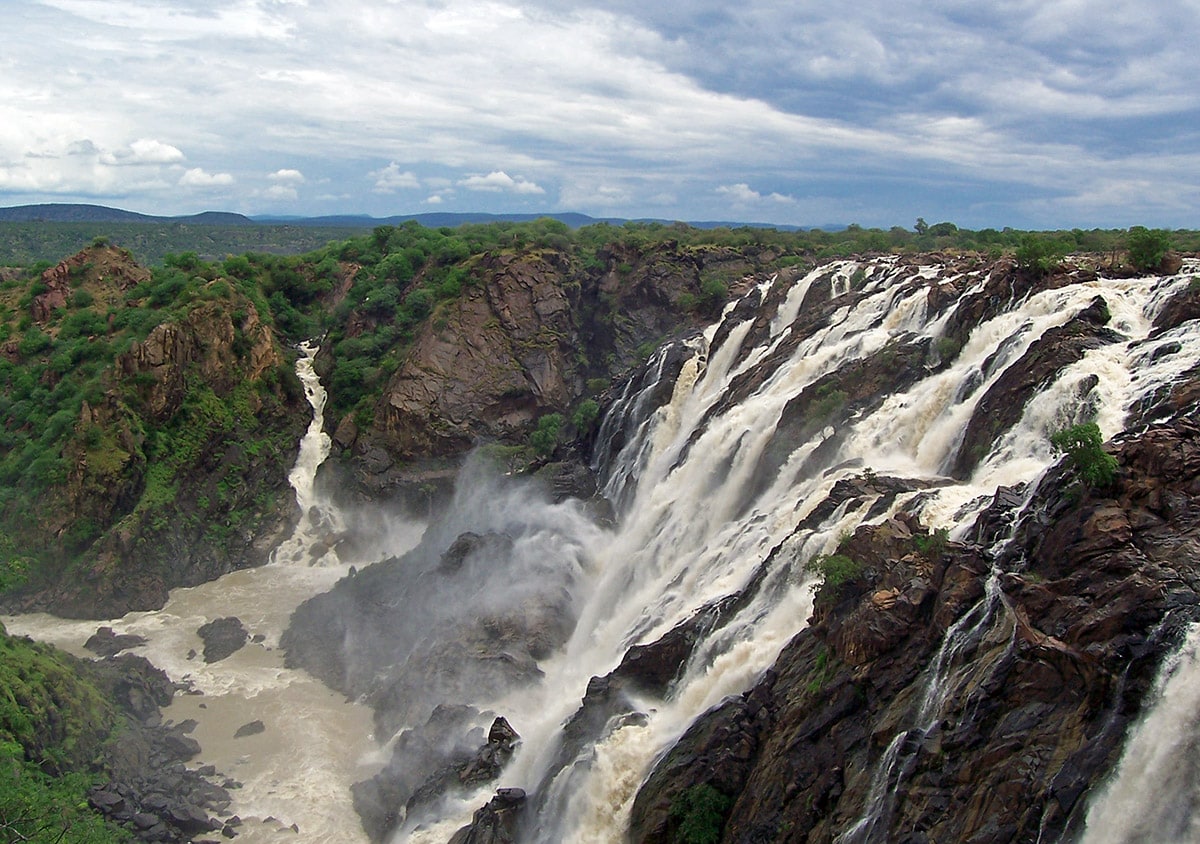
Epupa Falls
Namibe
Group of picturesque waterfalls in approximately 490 m wide front, formed by Kunene River. The tallest single drop is 37 m high. Picturesque groves of large baobabs next to the falls. Endemic species of fish.
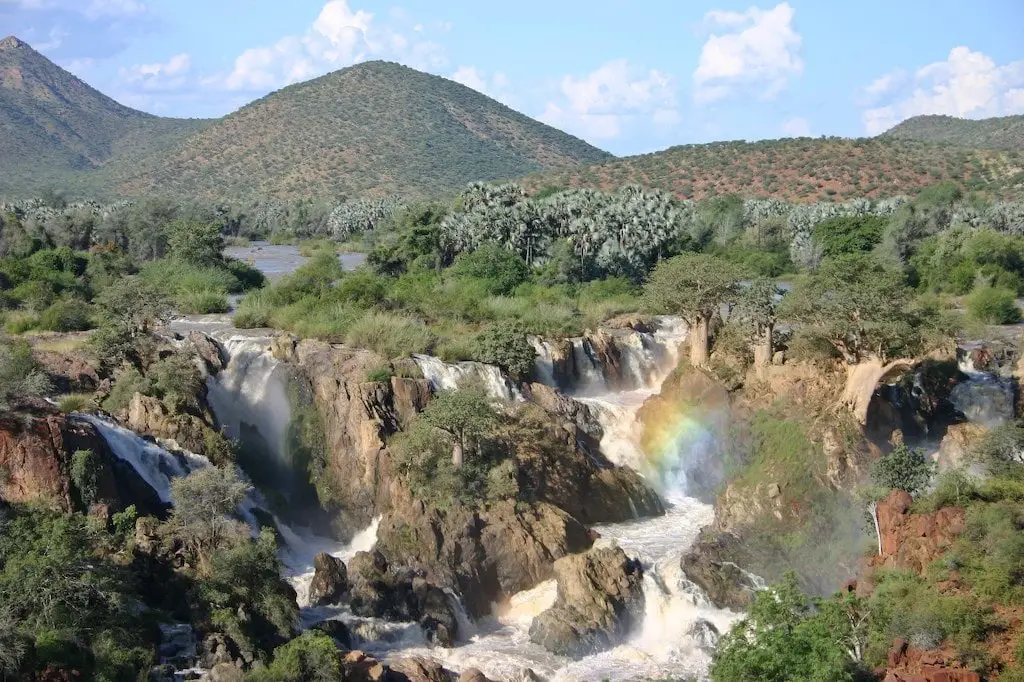
Miradouro da Lua
Luanda
Group of colorful cliffs, a “Moon landscape” that has been shaped by rain and wind.
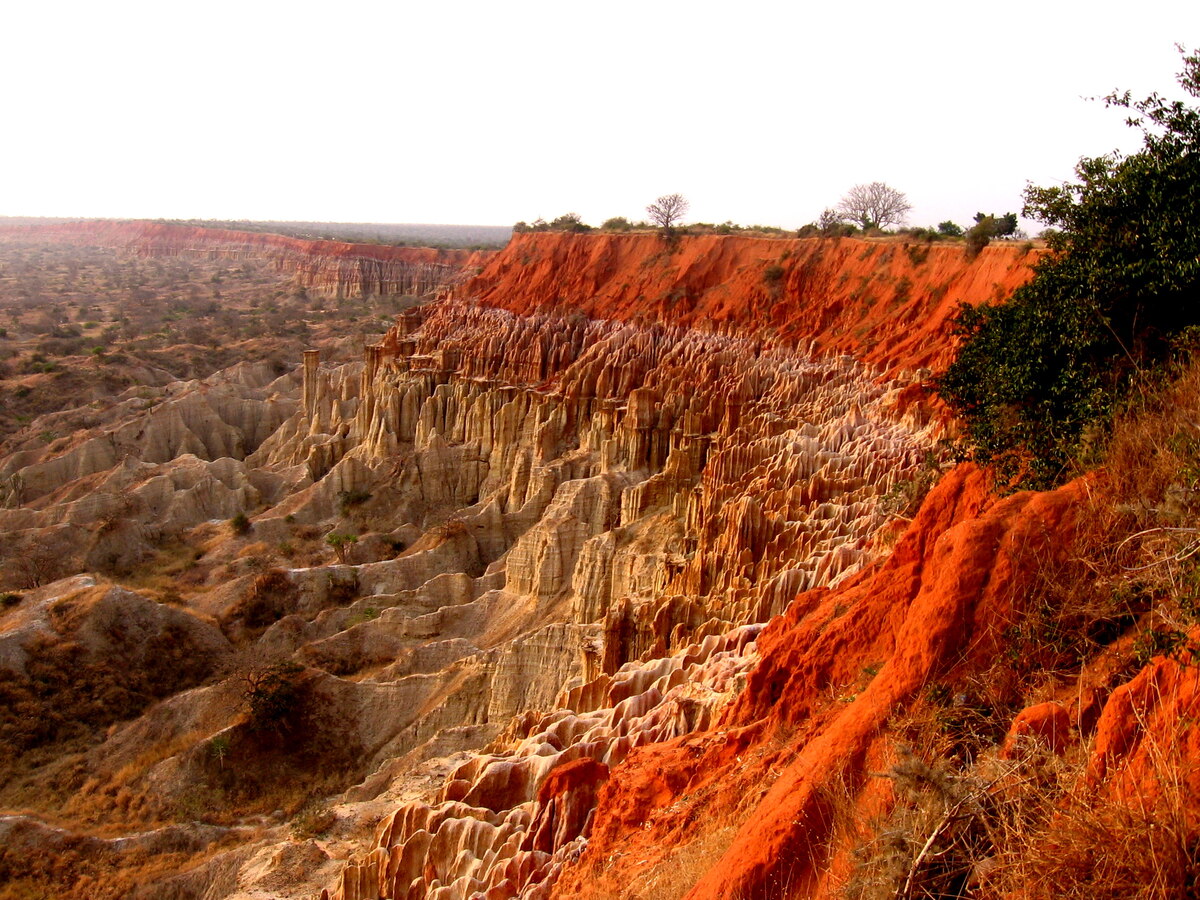
Tundavala Gap
Huila
Spectacular gorge on the rim of Bié Plateau. Here opens a fine view from a height of 1 km over the surrounding plains. The 1 km tall escarpment continues on both sides, and there are perennial waterfalls over its rim.
Guilherme Falls (Tembo Falls)
Malanje
Approximately 30 m tall and 600 m wide waterfall on Kwango River.
Arco do Carvalhao
Namibe
Two neighboring natural arches in the Namib desert. A deep blue lake is seen through these sandstone arches.
Binga Falls
Cuanza Sul
Impressive waterfall on Cuvo-Queve.
Ochilesa travertine terraces
Benguela
Thermal springs at the bank of River Quime have formed fine travertine terraces.
Big Sumbe’s Cave
Cuanza Sul
An enormous cave – tunnel.
Archaeological wonders
Tchitundo-Hulu Rock Art Site
Namibe
Granite hill with rock paintings and prints. This is a prehistoric, more than 4 thousand years old ritual site, drawings were drawn before the coming of Bantu. The site contains etched spirals that are connected. Here are located also round stone foundations of huts. One of the interesting sets is on Pedra da Lagoa – a large rock face approximately 1 km from the main site. Here are found enormous etchings of labyrinths (spirals) and other geometric figures.
Pedra Quinhengo petroglyphs
Cuanza Sul
Rock shelter with hundreds of rock paintings, mostly in black color. It is possible that some drawings show guns.
Architecture wonders
São Miguel Fortress
Luanda
Well preserved fortress, built in 1576 on a hill overlooking the city. This site was of key importance for slave traffic to Brazil. Now contains the Museum of the Armed Forces.
Palácio de Ferro
Luanda
Unusual, prefabricated structure, built around the 1890ies. The design of this ornate building is attributed to Gustav Eiffel.
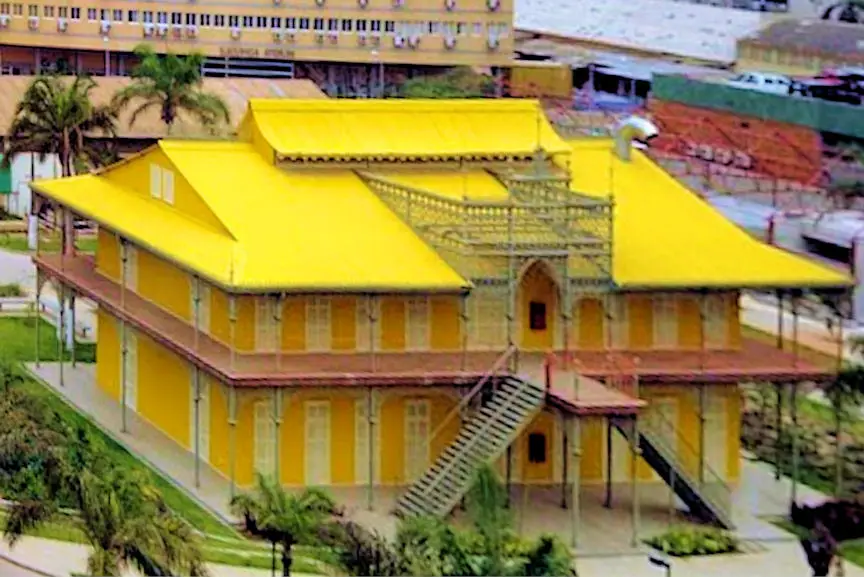
Nossa Senhora da Nazaré church
Luanda
Ornate church, constructed in 1664. Valuable details of the interior, such as the blue-white tiles.
Nossa Senhora do Cabo church
Luanda
The oldest Portuguese-built church in Angola, constructed in 1575, shortly before the founding of Luanda city.
Nossa Senhora do Carmo church and convent
Luanda
Carmelite monastery and church, constructed in 1660 – 1691 in Mannerism and Baroque styles. One of the most beautiful European structures in sub-equatorial Africa. Especially impressive is the interior of the church, adorned with polychrome paintings and blue and white tiles.
Cathedral of Luanda (Church of Our Lady of Remedies)
Luanda
Historical building, constructed in 1628 in Mannerism style.
Muxima church of Nossa Senhora da Conceiçào
Bengo
Historical church, built in 1599. Now the church is in a rather good condition.
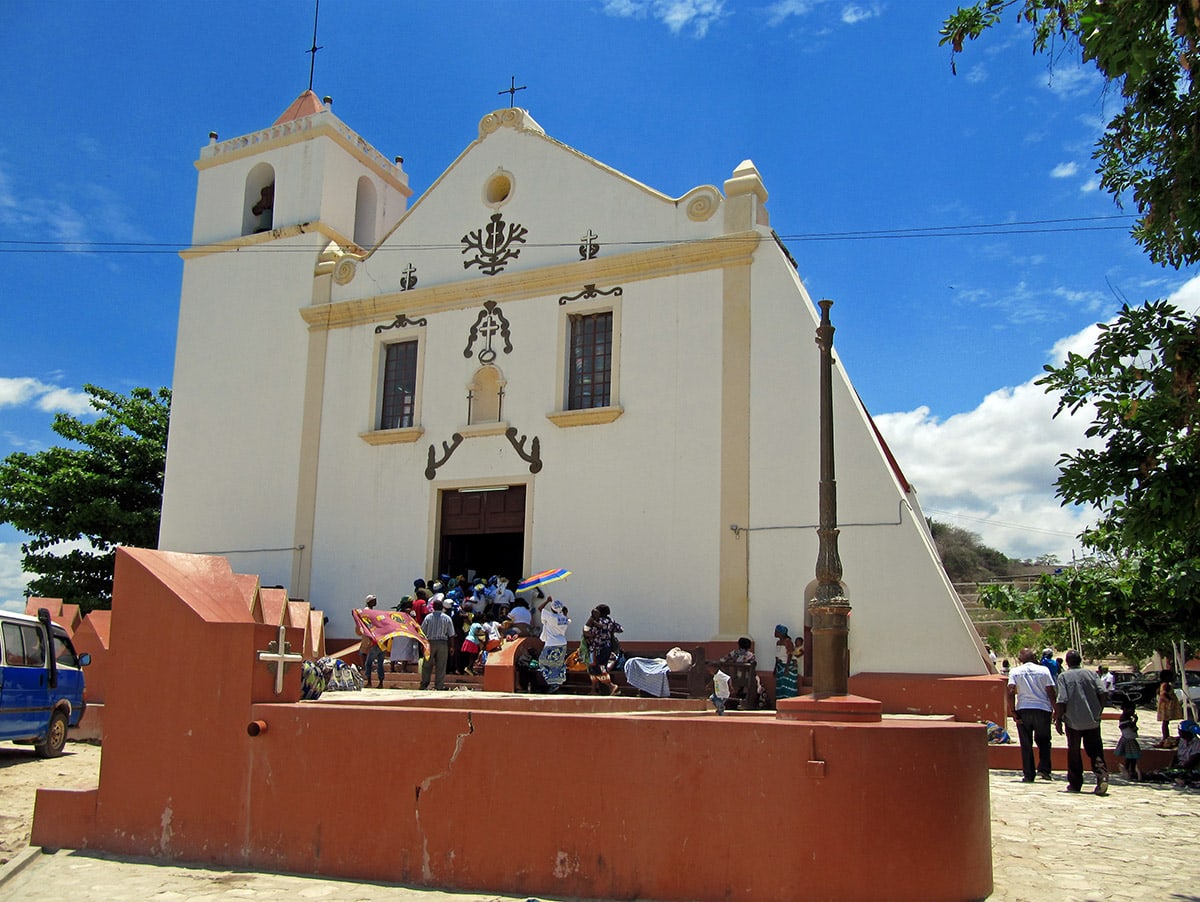
Kambambe church of Nossa Senhora do Rosario
Cuanza Norte
An old church, built in Mannerism style in 1603.
São Francisco do Penedo Fortress
Luanda
Portuguese built fort, constructed in the 17th century, rebuilt in 1765 – 1766. The building is in a poor condition.
São Pedro da Barra fortress
Luanda
An old fortress that, possibly, was built already in the 17th century. The current building was constructed in 1703 and is in poor condition. Fortress served as a transfer station for slaves.
M’banza Kongo historical centre
Zaire
The former capital of the Kingdom of Kongo, possibly the largest town in sub-equatorial Africa in the late 15th century, at the time when Europeans came here. The city center contains ruins of this indigenous city as well as some of the oldest European structures in sub-equatorial Africa. Ruins include remnants of a cathedral that was built in 1549.
Muxima Fortress
Bengo
Historical fortress, founded in 1599. Served as a prison for slaves. The structure is in a bad condition now.
 Recommended books
Recommended books
Back to Angola: A Journey from War to Peace
In 1987, Paul Morris went to Angola as a reluctant conscript soldier, where he experienced the fear and filth of war. Twenty-five years later, in 2012, Paul returned to Angola, and embarked on a 1500-kilometer cycle trip, solo and unsupported, across the country. His purpose was to see Angola in peacetime, to replace the war map in his mind with a more contemporary peace map, to exorcise the ghosts of war once and for all.
Angola (Bradt Travel Guide)
Angola is changing at a rapid pace, though it is still far from a mainstream tourist destination. There is much to see and it can all be explored on a road network that is excellent by African standards, in a society that is both welcoming and safe for foreign visitors. This new edition of the first-ever English-language tourist guidebook to Angola includes the lesser-visited inland areas of Lunda Norte, Lunda Sul, and Kuando Kubango, a separate section on surfing, and a directory of international schools.

